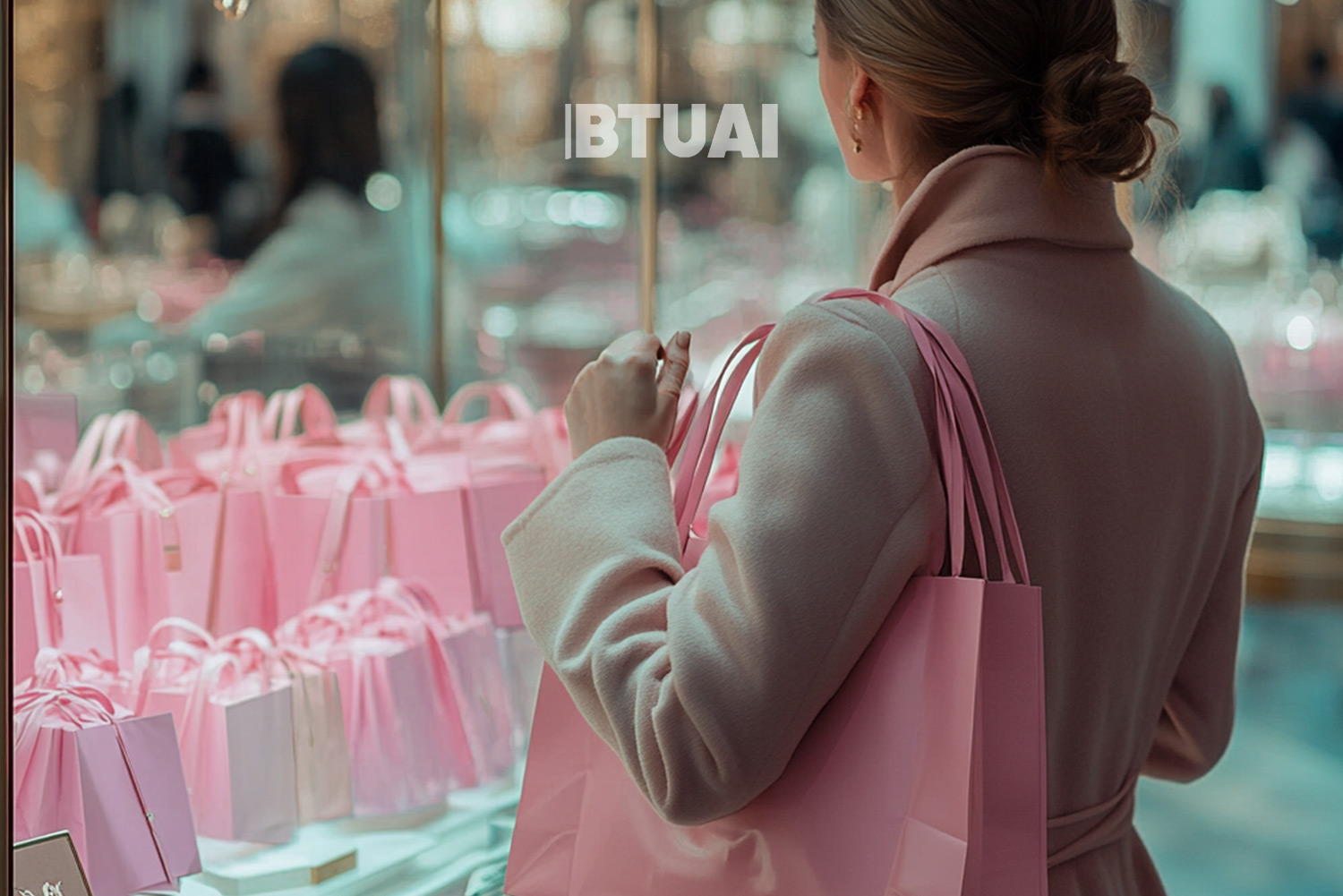Shopping Expenses Rise in Tbilisi — How Do We Compare to Europe?
According to a report published by TBC Capital in February 2025, consumer spending on clothing and accessories in Georgia

According to a report published by TBC Capital in February 2025, consumer spending on clothing and accessories in Georgia has significantly increased. Compared to the same period of the previous year, the overall growth amounted to 15%, indicating a rising consumer interest. Particularly noteworthy is the fact that this growth stems from two distinct dynamics — one is the growing consumption by local residents, while the other comes from foreign visitors, who demonstrate exceptionally high average spending.
The average amount spent per transaction by residents on clothing and accessories stood at 93 GEL, which is a 9% increase compared to the same month of the previous year. This growth could reflect increased consumer purchasing power, seasonal fashion shifts, or efforts to improve quality of life. However, what stands out even more is the spending by non-residents — averaging 2,020 GEL per transaction, which is almost 22 times more than the local consumers. This figure showed a 48% year-over-year increase, though it’s worth noting that their share in the overall sector remains relatively low, so the impact on the total market is somewhat limited.
It is especially interesting to compare this data with European cities. For instance, in Paris — considered one of the fashion capitals of Europe — the average consumer spending on clothing and accessories ranges from €150 to €250 (approximately 450 to 750 GEL), which can be explained by traditionally high prices and the presence of branded stores. In Berlin, the average spending ranges between €100 and €150 (300–450 GEL), while in Warsaw it’s around €70 to €100 (210–300 GEL), placing these cities in the mid-range price category.
Tbilisi residents’ average spending — 93 GEL per transaction — shows that the Georgian consumer is still operating in the lower-price segment. However, judging by the level of spending by non-residents, it’s likely that most of them shop in high-budget branded sections and visit Tbilisi specifically for shopping purposes, or they simply make large-volume purchases in a single visit.
The increase in consumer spending suggests that fashion and personal image are becoming increasingly important. On the other hand, the high expenditures by tourists indicate that Tbilisi has the potential to become a regional shopping hub, especially if the infrastructure for branded stores, service quality, and overall customer experience continue to develop.
Clearly, compared to European cities, Tbilisi still has a relatively small local market and spending power, but it’s also evident that the market is alive, growing, and could evolve into a dynamic commercial destination in the coming years. In this process, establishing a fashionable city identity is especially important — something that is already taking shape through young designers, local brands, and the emergence of new shopping malls.




